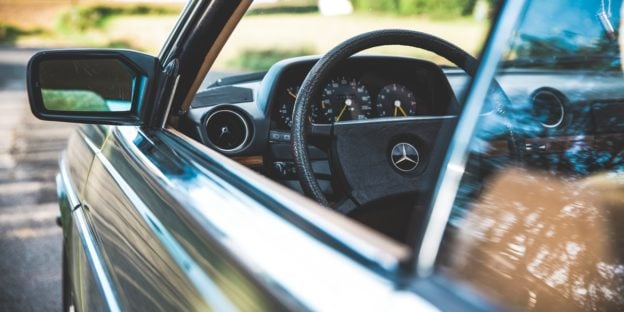It doesn’t take much for a car to be repossessed. In most states, one default can kickstart the repossession process. After default, the creditor can repossess the car at any time and without notice. This is why there are many great repossessions on the market, you just have to be willing to look for them.
However, not all repossessions go quickly. Extensions may be granted on the loan – unsuccessfully. Then, when the car is finally repossessed, it goes to an impound lot where it’s held for 30 days. If the owner can’t catch up on payments, the lender gets the title and can sell the repo.
It’s possible that the car you’re looking at has been sitting for a long time. The previous owner didn’t make their payments on time, so it’s almost guaranteed that the vehicle hasn’t received maintenance. How can you safely buy a repo car that hasn’t been driven?
Here are a few tips to help you make a smart used car purchase.
Bring Along a Mechanic
Before bidding on a repo, ask to inspect the vehicle. Reputable lenders will allow you to do this. If you don’t know a lot about cars, bring along someone who does, preferably a mechanic. For a couple hundred dollars, you can get the answers you need.
Below are a couple ways a mechanic can help:
- Check for corrosion and frame rot. If the car was parked outside for an extended period, it will probably show frame corrosion. Repairing this will be very expensive, so it’s best to move onto a different vehicle.
- Make sure it runs. If the car ran fine before, it won’t need much to restart. However, if it had problems in the past, think twice about the repo. It could be an easy fix (e.g., dead battery), but it’s more likely to be something major.
Ask Why the Car Hasn’t Been Driven
The lender may or may not have information on the vehicle. It depends on how they acquired the repo in the first place. However, it doesn’t hurt to ask questions. Sometimes, lenders can shed light on why a particular vehicle was taken away from its owners.
Pay Attention to Signs of “Lot Rot”
“Lot rot” is a term that describes cars that sit too long on a dealership’s lot. The same rules apply for repossessed vehicles that haven’t been driven in a long time. It’s possible that they sat on the street for months without any maintenance.
Be familiar with the signs of lot rot such as:
- Rust
- Damaged paint
- Brake issues
- Battery that won’t hold a charge
- Flat spots on tires
- Screeching tires
Even though repos are far cheaper than buying new or used from a dealership, you’re still making an investment that you will be responsible for. If you can’t drive the car off the lot, it’s your problem. This is why it’s important to do your research, ask the questions you can and bring along an expert to look at the vehicle. Fortunately, plenty of repos sit for a long time and manage to start up with no problems!
To find a repossessed car that fits your needs and budget, browse RepoFinder.com for FREE!


